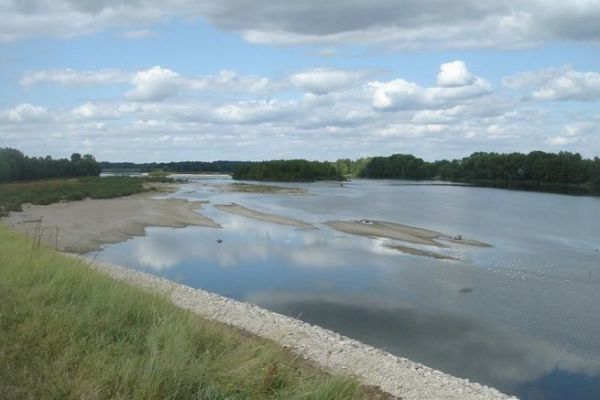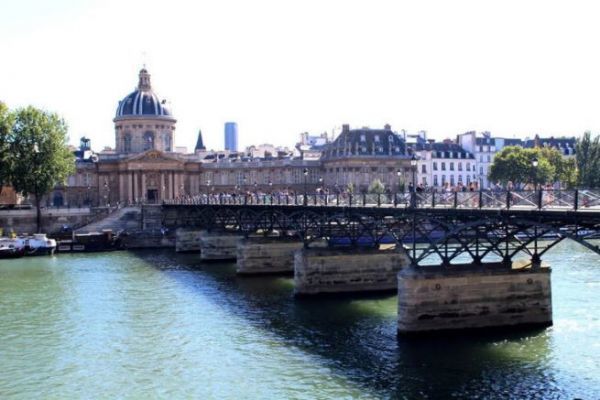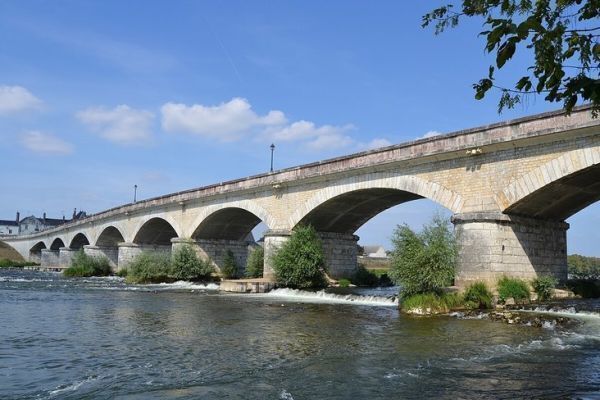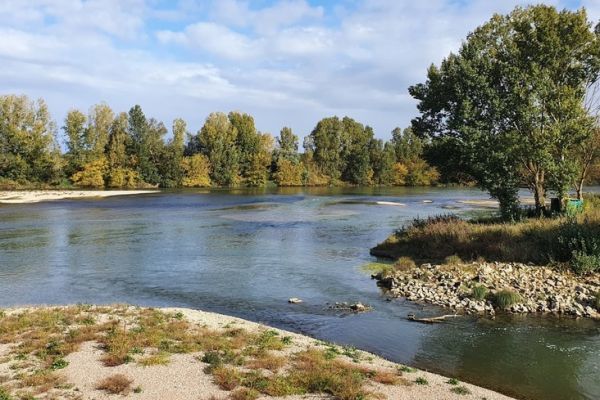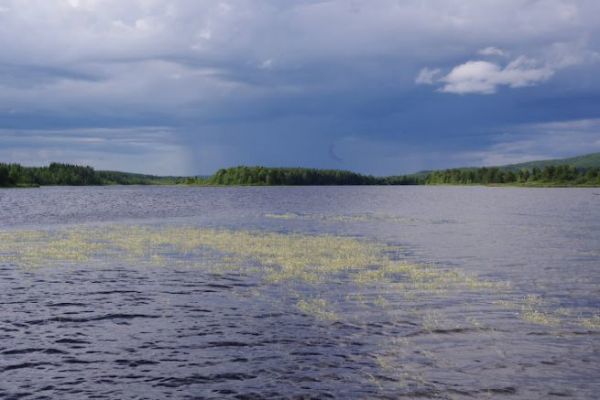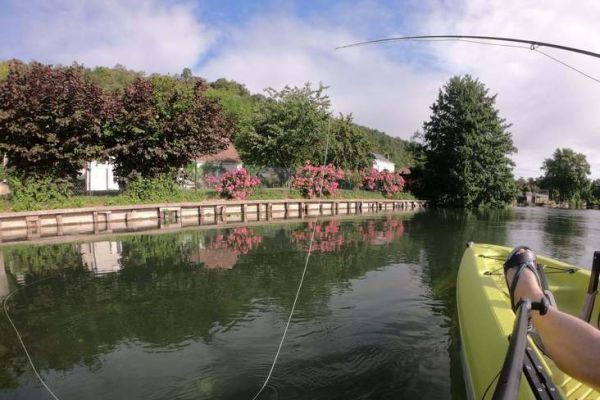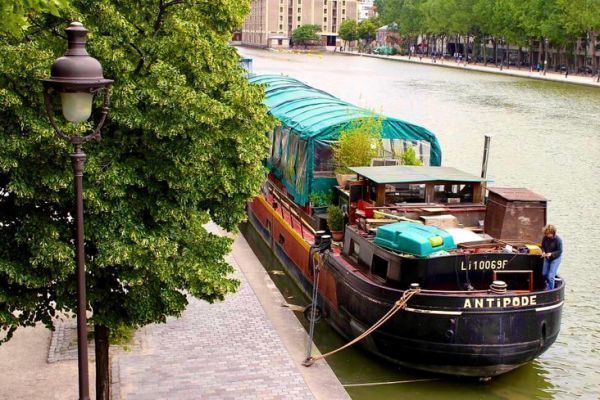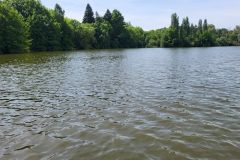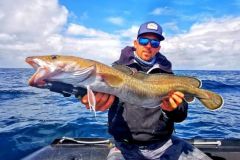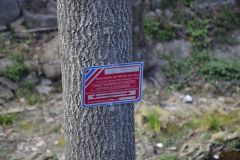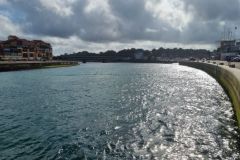A stalking area
The first advantage of relief changes, and particularly of breaks, is that they allow predators to lie in wait and surprise their prey. Generally speaking, predators position themselves on the slope or at the bottom of it, depending on the bathymetry, and wait for prey as it moves from shallower to deeper water.
In rivers, changes in depth, however slight, also have the effect of creating an area sheltered from the current where fish can rest and also wait for drifting prey. On such spots, the stronger the current, the more violent the bites. But this configuration often requires a certain amount of technical skill to get the lure down the slope correctly. While this is not necessarily true for pike, it is often a determining factor for zander!
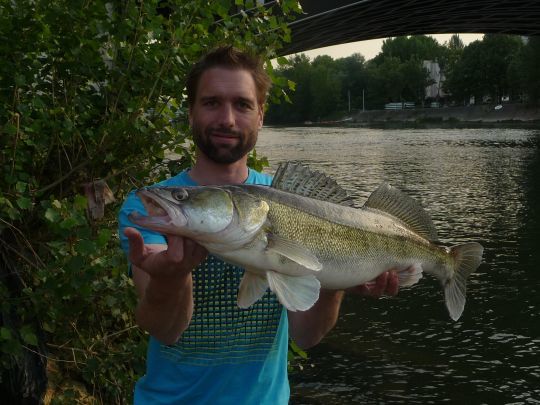
Current acceleration
On the other hand, a sudden drop in depth creates an acceleration of the current, which can shelter carnivorous fish on the hunt or in search of fresh air and oxygen.
Trays and pits
Where depth variations are significant, troughs and plateaus are created, forming spots with very different characteristics in terms of luminosity, vegetation and temperature. As a result, these two distinct spots are often home to different species, depending on their state of activity.

The trays
Because of their shallow depth, plateaus are ideal for plant growth, warm up quickly and provide better light conditions. This makes them a priority spot for pike research, particularly at the start of the season when they are emerging from spawning in search of prey and thermal comfort.
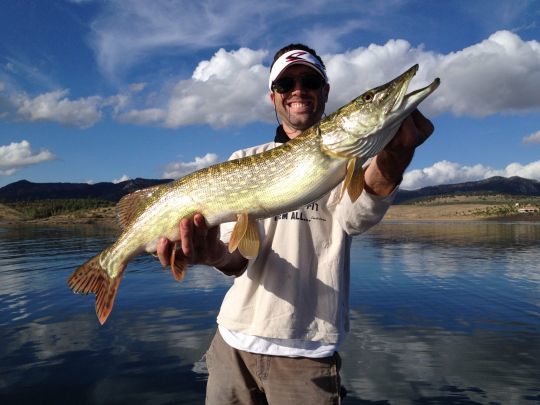
The pits
Pits, on the other hand, ensure a lower temperature in summer and a warmer one in winter, making them excellent holding and resting spots. Their depth also ensures low light levels, synonymous with peace and quiet for pike-perch and catfish.
At the height of winter, these spots can be home to large concentrations of baitfish and should be prospected as a priority. Typically, the deepest zone in a body of water, identifiable by the presence of a bunghole, is a key spot for the last two months of the fishing season.
